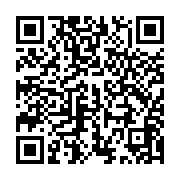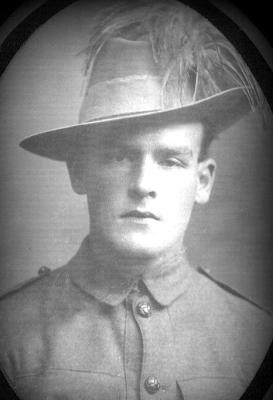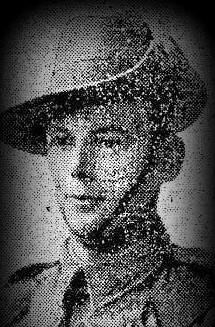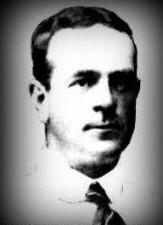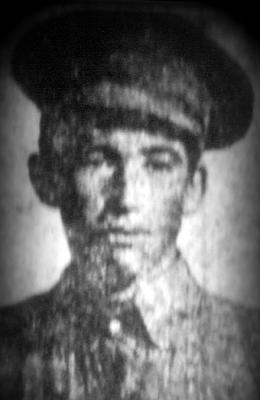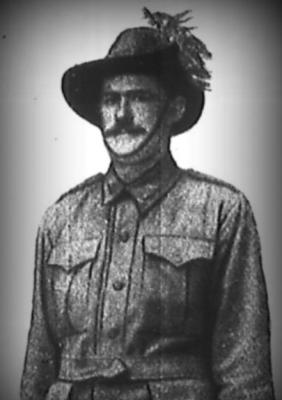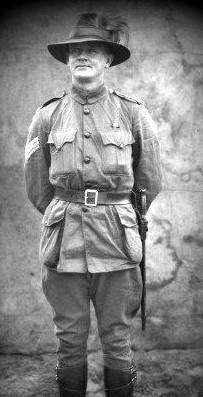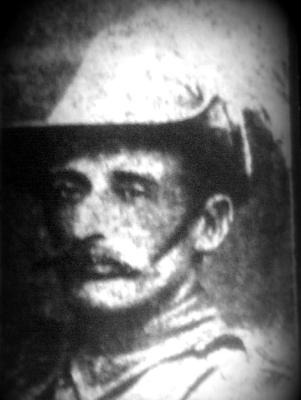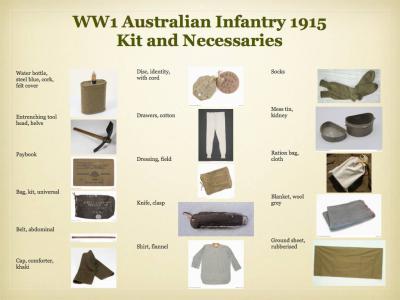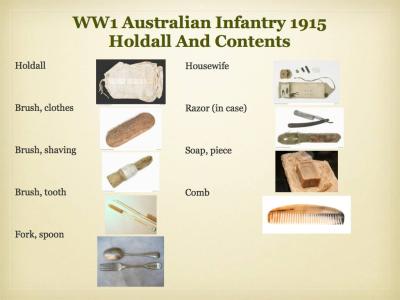Trophy of Arms - Rising Sun Badge
A trophy of arms in art and architecture is “a real or depicted artistically assembled display of weaponry or other militaria, often captured from a defeated enemy, as an ornament designed for the purpose of triumphalist display by a victor or as a show of military prowess or efficiency”. This version displayed in the Traditions Gallery consists of a semi-circle of 11 bayonets fanned above a black swan and the motto Vigilans. The bayonets are of spike, sword and yatagan patterns. The black swan (Cygnus atratus) has long been emblematic of Western Australia and the motto Vigilans (Vigilant) has been used on WA military badges since at least 1895.
The display of captured arms was used in the classical age by the Greeks and Romans. Homer's Iliad relates the practice of warriors in the Trojan War removing the armour and weapons of a killed opponent in order to make an offering to the gods. This was contrasted to mere booty. Trophies of arms were commonly depicted on Greek and Roman coins. In England a tradition of making trophies of arms and armour, designed to display British military prowess, was established in the armoury of the Tower of London from the late 17th century. In about 1700, John Harris created an impressive display in the Grand Storehouse which included a serpent and a seven-headed Hydra, together with a variety of weapons including muskets, pistols and swords. From Blenheim to Windsor Castle and even to Colonial Williamsburg increasingly romantic and flamboyant displays became and remain a must have interior decorating feature.
Details
Details
On display at the Army Museum is a 75 ton pressure metal stamping press originally owned by Sheridans which was used to produce most of the World War 1 Rising Sun badges for the Australian Imperial Force. The Traditions Gallery has a display showing the historical evolution of the Rising Sun badge.
Proudly worn by soldiers of the 1st and 2nd Australian Imperial Forces in both World Wars, the ‘Rising Sun’ badge has become an integral part of Digger tradition. The distinctive shape, worn on the upturned brim of a slouch hat, is readily identified with the spirit of ANZAC. Yet despite the badge’s historic significance, hypothetical theories as to its origin are more numerous than its seven extended points.
In 1902 a badge was urgently sought for the Australian contingents raised after Federation for service in South Africa during the Boer War. Probably the most widely accepted version of the origin of this badge is that which attributes the selection of its design to a British officer, Major General Sir Edward Hutton, KCB, KCMG, the newly appointed Commander-in-Chief of the Australian Forces. He had earlier received as a gift from Brigadier General Joseph Gordon, a military acquaintance of long-standing, a “Trophy of Arms” comprising mounted cut and thrust swords and triangular Martini Henri bayonets arranged in a semi-circle around a brass crown. To Major General Hutton the shield was symbolic of the coordination of the Naval and Military Forces of the Commonwealth.
Other modifications have followed, though the central feature of the "Rising Sun", the collection of bayonets radiating in a semi-circle from a crown, remains an integral part of Australian military tradition.
Australian Army Museum of Western Australia
Australian Army Museum of Western Australia
Other items from Australian Army Museum of Western Australia
- World War 1, Australia, Western Australia, 390 DALLING, 10 Light Horse
- World War 1, Australia, Western Australia, 391 DE BAVAY, 10 Light Horse
- World War 1, Australia, Western Australia, 394 DUVAL, 10 Light Horse
- World War 1, Australia, Western Australia, 395 DONOVAN, 10 Light Horse
- World War 1, Australia, Western Australia, 399 FIELDS, 10 Light Horse
- World War 1, Australia, Western Australia, 400 FINLAY, 10 Light Horse
- World War 1, Australia, Western Australia, 396 FACEY, 10 Light Horse
- ANZAC House Colored Glass Windows
- Poster - Australian Infantry 1915 Web Equipment
- Poster - Australian Army Uniform and Badges 1915
- Poster - Australian Kit and Necessaries 1915
- Poster - Australian Imperial Force Hold All and Contents 1915
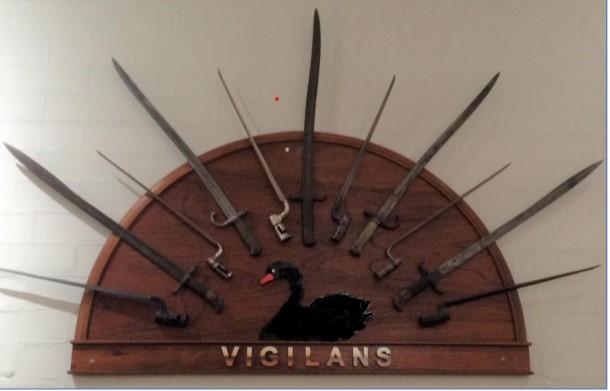
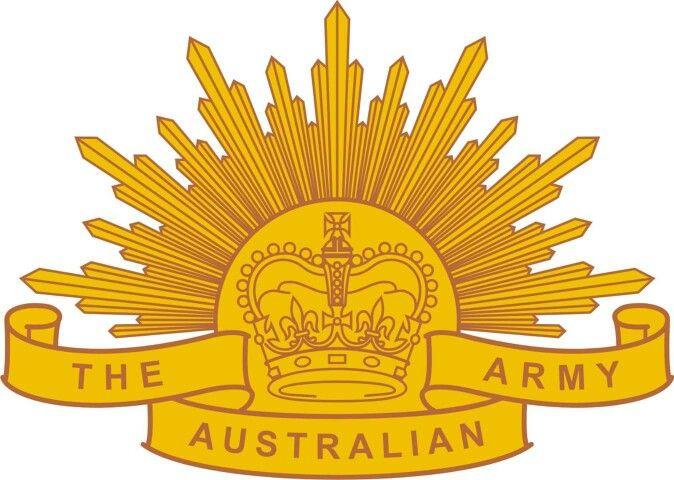
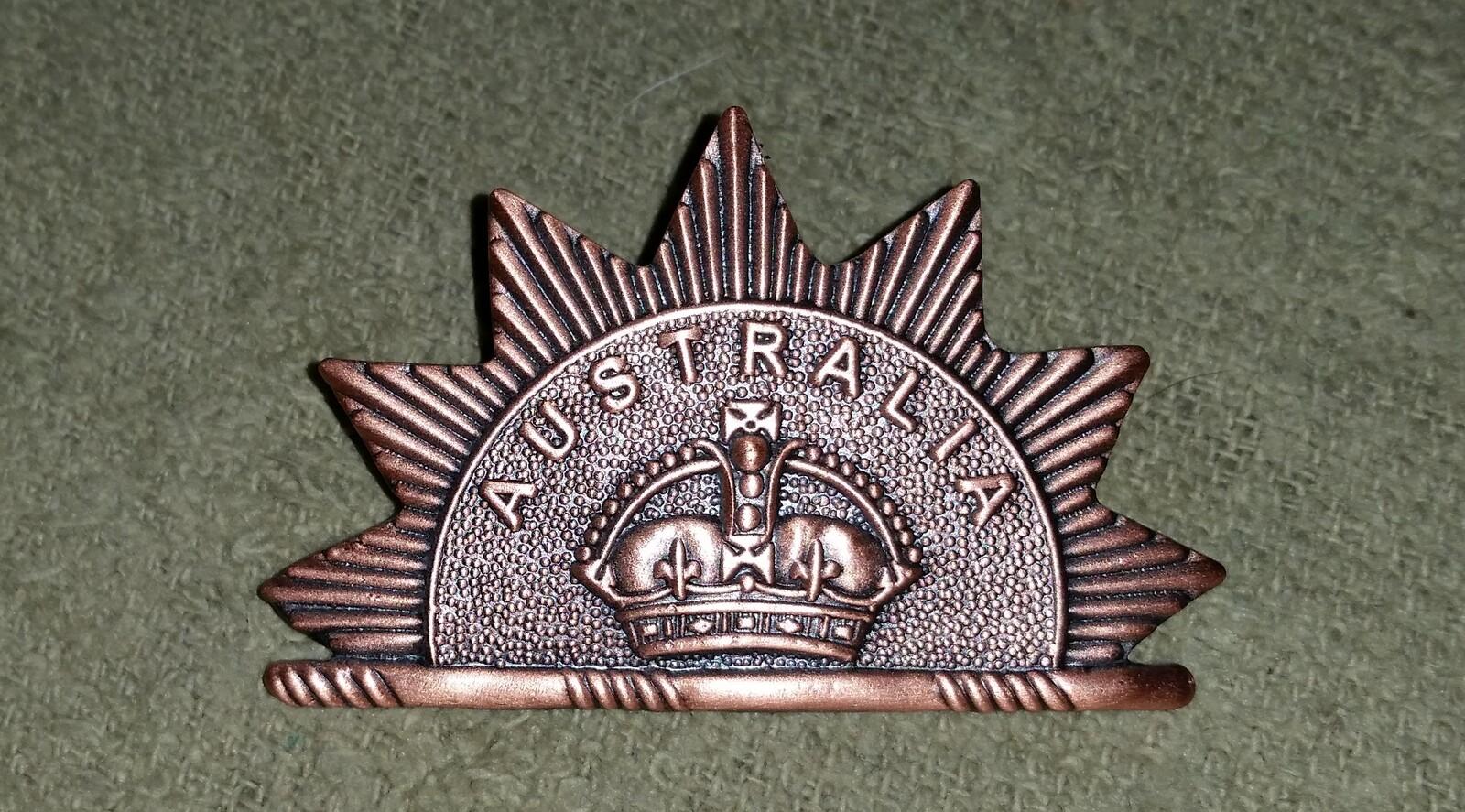
Scan this QR code to open this page on your phone ->
